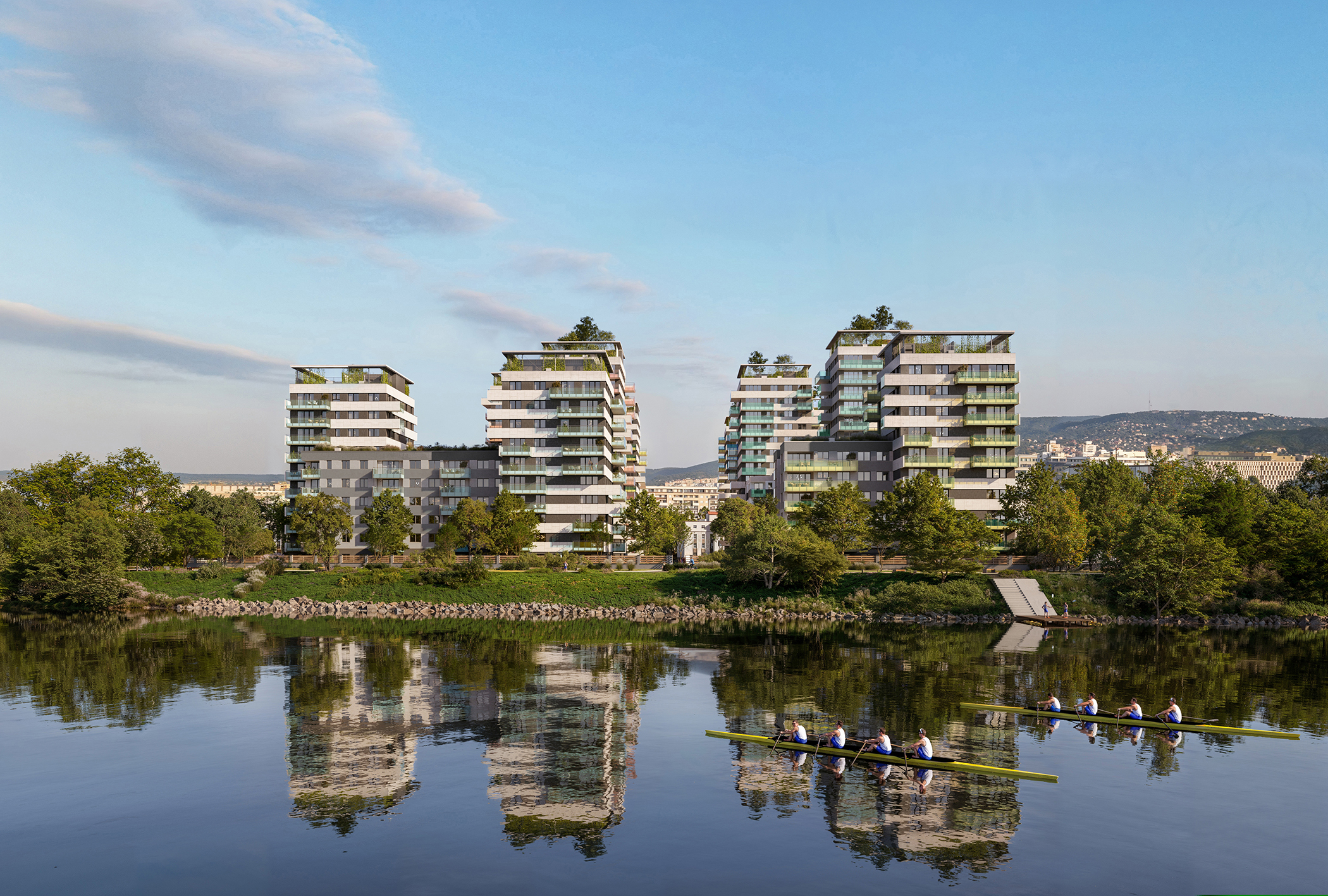Zen Garden, Wellness Center, and Community Lounge – What the Latest Residential Buildings Offer
How can a well-designed residential building serve its inhabitants while also supporting their mental well-being, fostering community life, and motivating them toward an active, healthy, and sustainable lifestyle? Tamás Pongrácz, Development Director at Metrodom, answered these questions for HVG.

In modern architecture, it is becoming increasingly important that residential buildings not only meet aesthetic or functional standards but also support the physical and mental well-being of their inhabitants. What are the current international trends, and where do we stand in Hungary in this field?
Tamás Pongrácz: “In Western Europe, the United States, and even further east, we can find examples where residential communities are no longer seeking merely livable spaces—they are looking for service-oriented buildings. This trend first appeared in large cities, where people aim to save time in their fast-paced daily lives while seeking comfort and a higher standard of living. Urban development worldwide has recognized this need, and in Hungary, we are already seeing regulatory changes. A good example is this year’s update to TÉKA (Basic Rules for Town Planning and Construction Requirements), which ensures that in the future only condominiums and residential complexes that include community functions alongside private apartments will be granted building permits.”
Which professionals are responsible for ensuring the future quality of life for residents? Is there a dedicated expert for this, or is it achieved through the collaboration of multiple disciplines?
T.P.: “Improving residents’ quality of life is always the result of collaboration among multiple professions. Architects, interior designers, and landscape architects all contribute to ensuring that the completed spaces remain livable in the long term. It is increasingly common for developers and investors to commit at a corporate level to high-quality, sustainable, and forward-looking solutions. This approach not only meets current demands but also reflects an innovative mindset: we monitor international trends and strive to integrate them already at the design stage.”
The full article is available in Hungarian, on the HVG website. CLICK HERE to read.